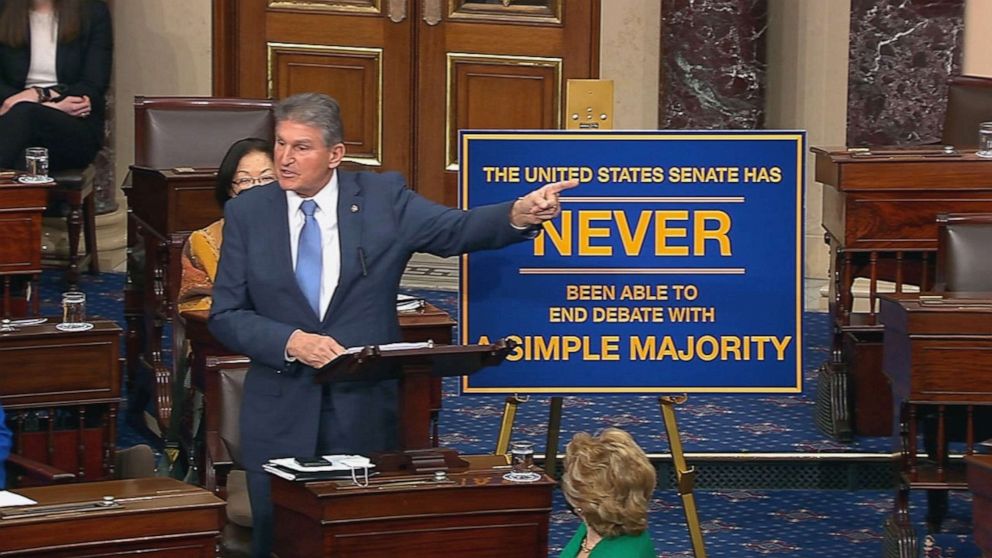The U.S. Senate’s filibuster—a procedural tool that has shaped American politics for generations—is suddenly at the center of a high-stakes battle as the federal government remains shuttered for the fourth week. With Republicans holding a slim majority but unable to break Democratic resistance, calls to “nuke the filibuster” are growing louder, even as veteran lawmakers warn of lasting consequences for the institution.
How the Filibuster Fueled the Shutdown
The government officially ran out of money on October 1, 2025, after Senate Democrats used the filibuster to block a Republican-backed spending bill from coming to a vote. Under current Senate rules, most legislation requires 60 votes to end debate and proceed to a final vote—a threshold the GOP can’t reach without Democratic support. This has left the government in limbo, with essential services strained and millions of Americans waiting for relief.
The filibuster, once a rare tactic, has become a routine part of Senate business, effectively giving the minority party veto power over major legislation. In this case, Democrats are leveraging it to force concessions, while Republicans argue the rule is being abused to hold the government hostage.
Trump’s Call to Scrap the Filibuster—And the GOP’s Reluctance
Former President Donald Trump has taken to social media, demanding Senate Republicans “Get rid of the Filibuster, and get rid of it, NOW!” to break the deadlock and reopen the government. Trump’s push reflects growing frustration among conservatives who see the filibuster as an obstacle to their agenda.
But Senate Republican leaders are pushing back. Majority Leader John Thune (R-S.D.) and other senior Republicans have publicly rejected Trump’s call, insisting the filibuster is a vital safeguard for minority rights and the Senate’s deliberative tradition. “The safeguard in the Senate has always been the filibuster,” said House Speaker Mike Johnson (R-La.), though he admitted the decision ultimately rests with the Senate.
Inside the Senate: Cracks in the GOP’s Resolve
While leadership holds the line, there are signs of division within the Republican ranks. Some senators, like Susan Collins (R-Maine), have signaled openness to changing the rules if it means ending the shutdown, while others, like Rick Scott (R-Fla.), warn that Republicans may have “no other choice” if the impasse continues. The debate has spilled into the House, where members like Chip Roy (R-Texas) are urging their Senate colleagues to reconsider the 60-vote threshold.
The political calculus is tricky: if Republicans eliminate the filibuster now, Democrats could do the same when they regain power, potentially unleashing a wave of partisan legislation. “Turnabout is fair play,” notes commentator Nick Catoggio, highlighting the risk of a procedural arms race.
The Human Cost of the Standoff
As the shutdown drags on, the impact is being felt across the country. Federal courts have ordered the Trump administration to continue funding SNAP (food stamps) using contingency money, averting a crisis for millions of families—at least temporarily. But uncertainty remains, with states and food banks scrambling to fill the gap, and no clear path to a resolution in sight.
What Happens Next?
The filibuster debate is no longer theoretical—it’s a live wire in American politics. With public frustration mounting and pressure building on both sides, the Senate faces a defining moment. Will Republicans break with tradition to end the shutdown, or will the filibuster survive another crisis? The answer could reshape the balance of power in Washington for years to come.
Key Takeaways
-
The filibuster is the procedural roadblock prolonging the government shutdown, as Democrats use it to block Republican spending bills.
-
Trump and some Republicans want to eliminate the filibuster to break the deadlock, but Senate leaders are resisting, citing institutional concerns.
-
The shutdown’s real-world consequences—like threats to food aid—are intensifying the pressure on lawmakers to act.
-
Eliminating the filibuster could have long-term consequences, potentially leading to more partisan legislation when control of Congress changes hands.
The Bottom Line
The filibuster isn’t just a Senate rule—it’s a symbol of America’s divided politics. As the shutdown crisis deepens, the question isn’t just how to reopen the government, but what kind of Senate—and what kind of democracy—Americans want moving forward.
Sources
1. Will the Filibuster Become a Casualty of the Shutdown?
2. - EXAMINING THE FILIBUSTER - GovInfo
3. Trump wants to scrap the filibuster to end the government shutdown
4. The Impact of the Filibuster on Federal Policymaking
5. Filibuster
6. CBS News | Breaking news, top stories & today's latest headlines
7. Filibuster in the United States Senate - Wikipedia
8. ABC News - Breaking News, Latest News and Videos
9. Congressman Griffith's Weekly E-Newsletter 10.30.25
10. Axios - Breaking news, U.S. news and politics, and local news
